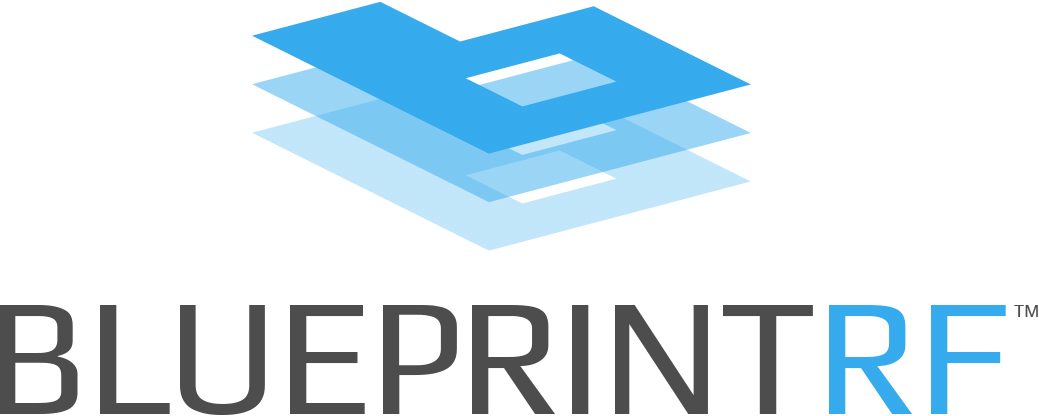Providing quality WiFi access to guests remains one of the biggest challenges facing the hotel industry today. As travelers continue to demand more from hotel WiFi networks, hoteliers need to ensure that all aspects of their services are consistently up to modern standards — even down to nuanced data and changes in speed. How, then, can hoteliers track this data?
Enter guest WiFi analytics. In this blog, we’ll define guest WiFi analytics, explain the diverse ways analytics can improve hotel performance, and explore a few case studies with practical examples of how guest WiFi analytics can work to a hotel’s advantage. Let’s jump in.
What are Guest WiFi Analytics?
Generally, WiFi analytics refers to the process of collecting, analyzing, and incorporating customer data from WiFi access points. Through analytics, business owners can analyze key performance indicators (KPIs) such as dwell time, user locations, traffic patterns, and even demographic details.
For hospitality businesses, then, guest WiFi analytics refers to WiFi analytics collected based on guest behavior across a hotel’s WiFi network. Examples of data collected may include which parts of property guests most frequently use WiFi, which guest demographics most frequently access WiFi, and much more.
How Can a WiFi Analytics Tool Improve Hotel Performance?
WiFi analytics can serve as an extremely powerful tool to improve hotel performance. Gaining insights into guest WiFi use can upgrade a hotel’s performance in two main ways:
- Improving overall network performance
- Catering WiFi networks to individual guest needs
Let’s take a closer look at both.
Improving Overall Network Performance
In order to continuously achieve top performance, WiFi networks are in constant need of maintenance. User devices, habits, and internet needs change over time; failing to change with those needs will leave a network dated.
Additionally, unexpected variables can further impact network performance. Unwanted users may try to infiltrate a network; alternatively, construction on a property may change the location of potential WiFi dead zones.
Using WiFi analytics, hotels can consistently monitor and adapt their networks for these issues. As certain KPIs dip below desired levels, hotels can swiftly identify the problem and fix it, saving guests from the hassle of inconsistent network access. With access to so many measurable KPIs, performing a WiFi network health check can be intuitive and simple.
Catering WiFi Networks to Guest Needs
A hospitality business is only as successful as its guests are happy. No one guest has the same WiFi needs — each person has a unique set of devices, applications, and services they’re looking to access through a network.
While such variety may seem daunting, WiFi analytics can help hotels gain a better idea of what guests are looking for. By detecting where guests frequently use WiFi, which demographics most frequently access a network, and how satisfied visitors are with their experience, hoteliers can cater WiFi networks directly to the needs of their most prominent customers.
Location & Customer WiFi Analytics Use Cases in Hotels
WiFi analytics are only as useful as how hoteliers use them. Here are a few WiFi analytics use cases in hotels — each of which can greatly improve networks and guest experiences.
Using WiFi Analytics for Marketing
As mentioned previously, access to hotel WiFi analytics allows hoteliers to gain a better idea of which customers most frequently use their WiFi. Using this information, hotels can more appropriately sell their network options to these demographics— both by building solutions catered to these guests and marketing these features directly to them.
McKinsey & Company, a leading global management firm, predicts leisure travel will drive post-pandemic recovery within the hospitality industry. WiFi analytics can confirm these trends — determining if a property mostly attracts bleisure (business-leisure) tourists, couples, families, or a different demographic entirely.
Once recorded, hotels can adapt their network and marketing appropriately. Hotels attracting families can incorporate and advertise faster streaming options for movie nights, while more bleisure-driven properties can incorporate and market high-bandwidth networks ripe for group meetings. Whatever the case, WiFi analytics serve as a boon to marketing and network development.
Increasing and Measuring Customer Satisfaction
While data from WiFi analytics is often self-explanatory, direct customer feedback can work in tandem with analytics to paint a clearer picture of the guest experience. Sending out post-stay surveys to guests gives them a chance to communicate any issues they had with a network, such as slow-down or missed connections.
From there, hotels can look at the data, determine why these issues occurred, work to address them, and test these solutions using new data. Once solutions are implemented, hoteliers can track if feedback becomes more positive, continuously increasing customer satisfaction as time goes on.
Hotels can also include questions within surveys to find even more ways to excite and entice future guests. In their US summer travel 2022, McKinsey & Company stresses that current customer loyalty programs fail to offer enough value to younger travelers. Hotels can offer premium internet streaming as part of their loyalty programs — further increasing satisfaction using their network.
Monitoring Bandwidth Performance
Network bandwidth is integral to WiFi network performance — without the proper bandwidth to support a property, users will face massive slowdown as they try to log-on to online services.
Using analytics, hotels can monitor slowdown, and determine if/when they will need to update bandwidth. Some networks may need a higher-volume bandwidth immediately; others may need to prepare for a period of increased visitors or hotel growth. Regardless of the reason, analytics can inform how a network’s bandwidth performs, and how to improve it.
Next-generation WiFi platforms — such as our solution for guest WiFi, DG2 — even offer flexible bandwidth distribution — interspersing bandwidth based on usage and evenly when hotels are full. Such distribution is only made possible through leveraging data integration provided by WiFi analytics.
Gain a Comprehensive WiFi Analytics Dashboard with BlueprintRF
Altogether, guest WiFi analytics can serve as a massive boon to a hotel’s WiFi network. Analytics can inform decisions both in and around a hotel’s network — determining both network-level improvements and ways to cater and market WiFi experiences to guests.
Looking to implement WiFi analytics on your property? BlueprintRF offers a comprehensive WiFi dashboard solution, built to forecast the specific needs of your hotel and leveraging our next-generation DG2 server technology. Contact us today to get started on implementing your own WiFi analytics solutions.








